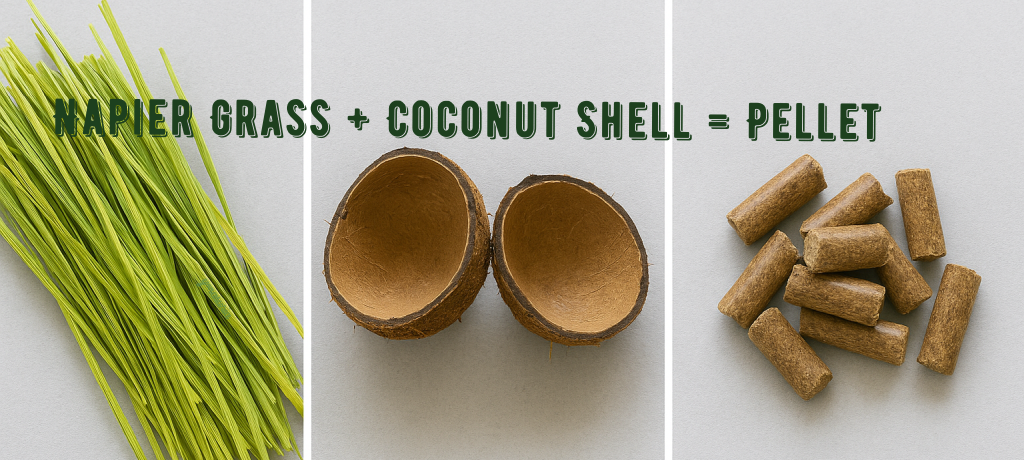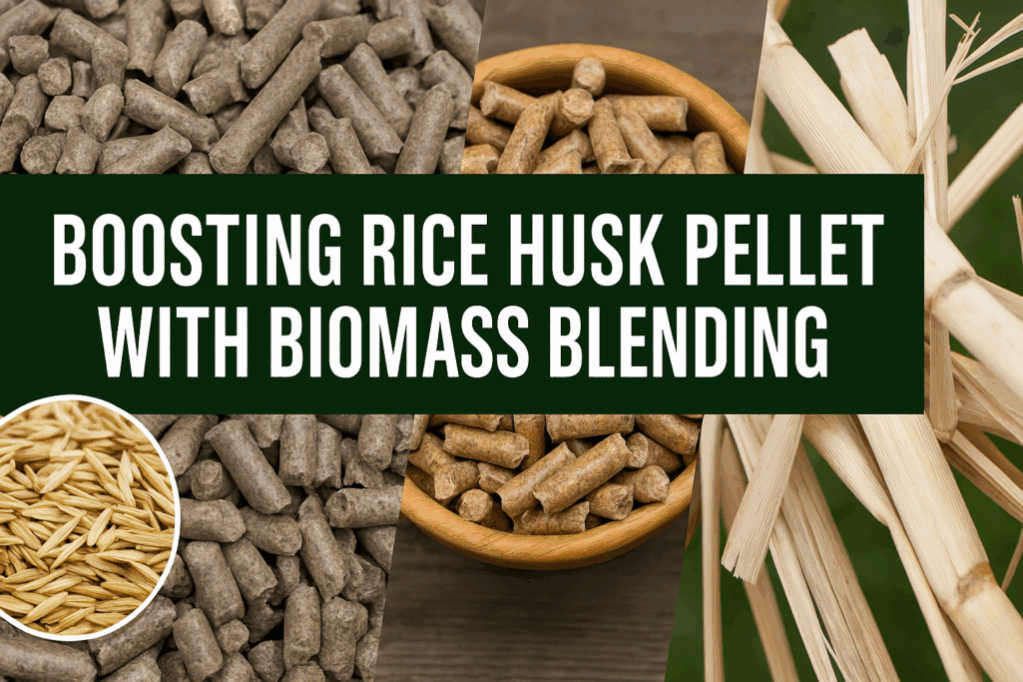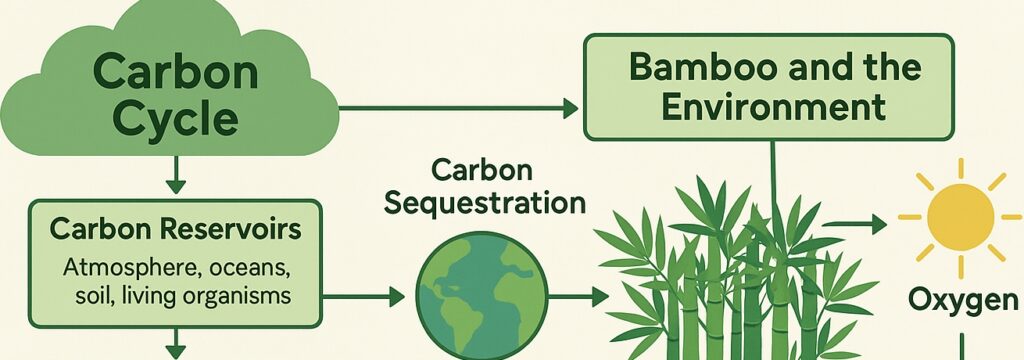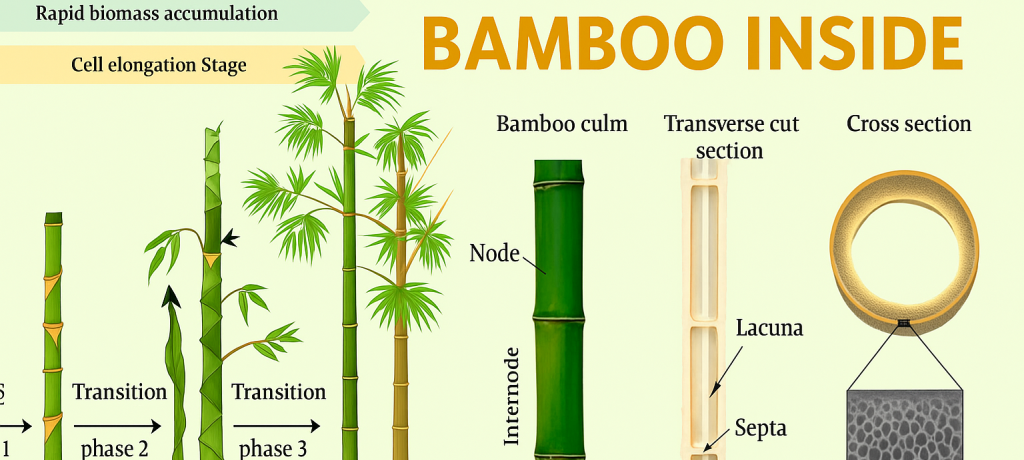🌿 Can You Make High-Efficiency Biomass Pellets Using Just Napier Grass and Coconut Shell?
Creating biomass pellets using only Napier Grass (75%) and Coconut Shell (25%) is not only possible — it’s also efficient when processed correctly. This blend offers a balance between ease of pelletization, good energy output, and moderate ash content. 🔬 Estimated Properties of Napier Grass (75%) + Coconut Shell (25%) Pellet Property Value Range Notes […]
🔥 Boosting Rice Husk Pellet Efficiency with Mix-Match Biomass Strategy in Gujarat & Beyond
🔬 Rice Husk Pellet Sample Report (Gujarat) ➡️ These results show that while rice husk is abundant, it presents challenges due to high ash and moderate energy yield. To enhance performance, a mix-match recipe combining low-ash and high-GCV biomass materials is essential. 🌾 Objective: Improve Pellet Quality Using Mix-Match Recipe 🧪 Best Biomass Materials for […]
🌱 Carbon Cycle and the Role of Bamboo in the Environment 🌱
“Explore how the natural carbon cycle, bamboo energy, and biomass pellets contribute to a greener future. Learn how sustainable bamboo cultivation supports carbon sequestration, renewable energy, and environmental restoration for a cleaner, healthier planet.” 1. Understanding the Carbon Cycle The Carbon Cycle is the natural process through which carbon moves among the atmosphere, oceans, soil, […]
🌱 Comprehensive Guide to Indian Bamboo Farming: Complete State-Wise Details 🌱
🌿 Introduction to Bamboo Farming in India 🌿 Bamboo, known as the ‘green gold’, is a vital resource with significant environmental and economic potential across India. This guide covers detailed aspects of bamboo farming, tailored specifically to geographical suitability and Indian government policies. 📌 Bamboo Species Selection by Indian States Different regions require different bamboo […]
Which is the best combination of bamboo and rice husk pellets for efficient energy output and market value?
Bamboo and rice husk pellets are emerging as sustainable biofuels, with bamboo offering higher energy content and lower ash, ideal for industrial use. Rice husk pellets are cost-effective but produce more ash, making them suitable for select applications. A 70:30 mix (bamboo:rice husk) balances cost, durability, and energy output. These pellets are in demand domestically […]




